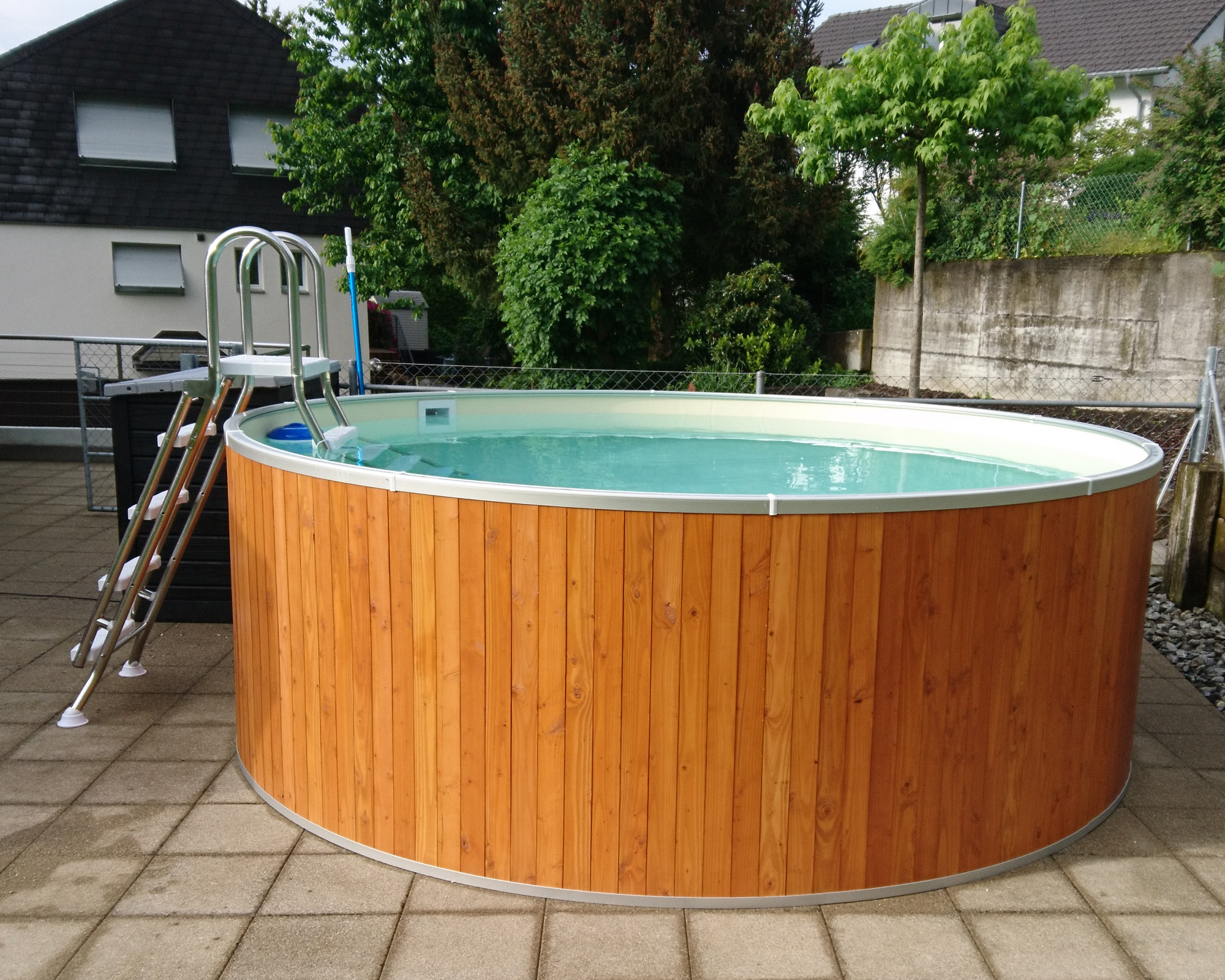Rapid Repairs for Pool Leaks and Drips

본문

When a pool starts leaking, the first instinct is often to call a professional and brace for a costly repair bill. In many cases, however, the problem can be identified and fixed on the spot with a few common household items and a little know‑how. Whether it’s a slow drip, a sudden gush, or an unseen seep, these quick fixes can save you time, money, and a lot of frustration.
1. Locate the leak
The most important step is to locate the leak.
A slow, steady drip often comes from a broken or loose pipe, a cracked tile, or a faulty gasket.
A sudden burst may signal a broken line or a damaged pump seal.
To pinpoint the leak:
Pour water from a bucket onto the suspected area. If the water level drops, the leak is located.
Inspect hard‑to‑reach areas such as the pool wall edge or diving board interior with a flashlight and a long pole.
Look at the pool’s plumbing lines, particularly the water line, return jets, and filtration system. Quickly inspecting the fittings may uncover a loose or cracked joint.
2. Temporary fix for a cracked tile
A cracked tile or a damaged pool cover can cause water loss for days.
Collect a plastic bag, some rubber or silicone, and a metal or plastic clamp.
Cut the bag to the size of the crack, lay it over the broken area, and secure it with the clamp.
Such a seal keeps the pool from losing water until a permanent repair is performed.
The bag shields the crack from additional harm and simplifies later tile replacement.
3. Secure a loose or broken gasket
Units in the pool—skimmer, waterline, pump—utilize rubber gaskets to seal connections.
A worn or popped-out gasket allows water to seep.
To repair:
Turn off the water supply and drain the affected unit.
Remove the old gasket and clean the fitting surface with a mild detergent or a vinegar solution.
Spread a thin coat of silicone sealant on the gasket and the fitting.
Re‑install the gasket, making sure it sits evenly in its groove.
Secure the fittings to the manufacturer’s recommended torque, yet avoid over‑tightening which could harm the gasket.
4. Seal a leaking valve or fitting
Corrosion or a loose joint often causes a leaking valve or pipe fitting.
If you have a pipe repair clamp, you can use it to create a temporary patch:
Encircle the leaking part with the clamp and tighten firmly.
Apply a layer of plumber’s putty or pipe sealant to the joint for extra protection before tightening.
If the leak persists, replace the fitting in full; hardware stores usually stock many fittings compatible with standard pool plumbing.
5. Seal a small crack with waterproof sealant
If you find a small crack in the pool shell or the concrete floor, a quick fix is to use a waterproof epoxy or polyurethane sealant.
Clean the crack with a brush and a solvent such as isopropyl alcohol.
After it dries, spread the sealant and smooth with a putty knife.
Give it time to cure as specified by the manufacturer, usually 24 hours, before refilling the pool.
6. Fix a dripping pool cover
A leaky pool cover usually signals a tear or a separated seam.
To temporarily fix it, coat the seam with rubber or silicone sealant.
If the tear is large, use a heavy‑grade adhesive tape designed for outdoor use.
This will hold the cover in place until you can replace it with a new one.
7. Check the filtration system
A leak within the filtration system may lead to continuous water loss.
Inspect the filter housing, the return jets, and the suction line for cracks or loose connections.
Tighten all connections, replace any damaged parts, and ensure the filter media is clean and properly seated.
A clogged filter can also cause backpressure, leading to a leak at the pump’s suction line.
8. Track the water level
Once you’ve completed a quick fix, refill the pool and observe the water level for the next 24 to 48 hours.
If the water level drops again, re‑examine the repair area.
If the leak persists, a professional inspection or a permanent fix may be needed.
9. Use a leak‑detection dye
When you can’t find the leak, apply a leak‑detection dye.
Scoop a little dye into the water close to the suspected spot.
The dye travels down the leak path and displays a bright streak indicating where water is escaping.
After spotting the streak, you’ll pinpoint the leak’s origin and implement the suitable fix.
10. Know when to call a professional
While these quick fixes can stop most minor leaks, some problems are beyond DIY repair:
A cracked pool shell or a structural crack within the concrete.
A damaged pump or filter needing replacement parts.
A leak that continues after several attempts to fix it.
A multi‑component plumbing issue that is complex.
A licensed pool contractor can perform a thorough inspection, use specialized equipment, and apply long‑term solutions that will keep your pool leak‑free for years.
Conclusion
A pool leak doesn’t have to mean a costly repair.
Using a methodical approach—pinpointing the source, selecting the right materials, and applying the suitable fix—you can usually halt the leak in its tracks.
Maintain a small repair kit, watch for aufstellpool angebote water level changes, and call a professional if the issue persists.
With these quick fixes, you’ll keep your pool pristine and your wallet happy

댓글목록0